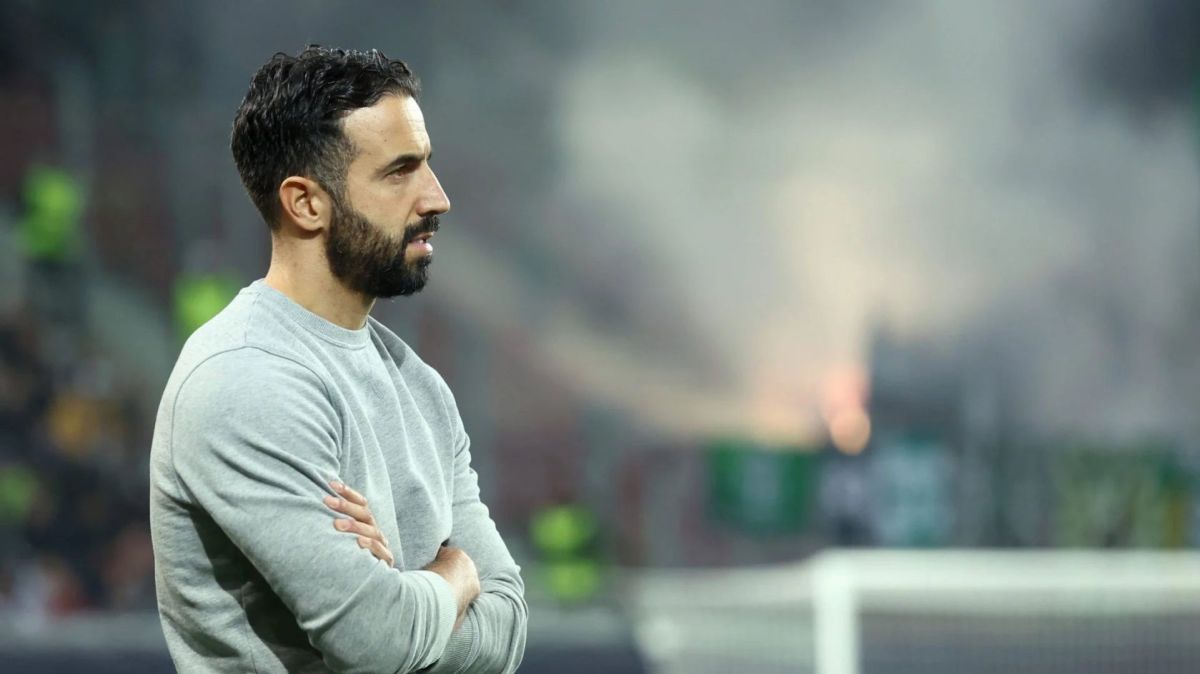António Laranjo, who was speaking at a conference dedicated to sustainability in sport at the headquarters of the Spanish Olympic Committee, in Madrid, revealed that when this candidacy began, the scenario was a championship with 80 games and 14 stadiums, but in the meantime, there was " a brutal increase".
Of the 104 games scheduled for Mundial2030, three will celebrate the centenary of the world football championships and will take place in Argentina, Uruguay and Paraguay, and are not covered by the application to organise the event presented by the federations of Portugal, Spain and Morocco.
According to António Laranjo, the candidacy has already made "technical visits" to three stadiums in Portugal and 15 in Spain and will now do the same work in Morocco.
The objective of these visits is to produce a diagnostic report, with the requirements of FIFA (the International Football Federation) that the stadiums comply with and the necessary remodeling or adjustment work, and thus, in parallel, also arrive at a budget, he said António Laranjo.
As he explained, the stadiums in question were divided into four groups, with the first being those that are ready and prepared to immediately host a world championship game.
The three Portuguese stadiums considered are all in this situation, stated António Laranjo.
The Estádio da Luz, in Lisbon, is the largest Portuguese sports venue, with a capacity of around 65 thousand spectators, the Estádio do Dragão, in Porto, and the Estádio José Alvalade, also in the capital, both with approximately 50 thousand seats, are the only national venues that meet FIFA's requirements to host World Cup matches.
"In Portugal, fortunately, we will work with a set of stadiums in group 1, with capacity for the championship, and we will not build any in addition to those we already have", said the candidacy coordinator today.
Spain and Morocco also have "several stadiums" in this first group.
The remaining cases are stadiums that need "minor renovations", such as increasing seats in the stands or other "adjustments" to be incorporated into the candidacy (group 2); stadiums that are currently undergoing renovation or construction (group 3); stadiums that need deeper renovations until, "in some case", they are eventually built (group 4).
António Laranjo said he would not provide further details about the stadiums due to the lack of visits and the preparation of the diagnostic report.
In his intervention at this conference, António Laranjo guaranteed that there was a commitment to make investments "where they are justified" and in infrastructures that people can use in the future.
"We don't want to build for the sake of building, we don't want stadiums to be empty and without an audience after the championship", he stated, going on to say that "the focus on stadiums" is not the only one "or even the most important".
António Laranjo gave as an example the costs of a stadium, whose construction can reach tens or hundreds of millions of euros, and that of a training center, which can be achieved with two million euros.
In the first case, the expectation is to host a game every two weeks, while a training center can receive "children and young people doing sports from eight in the morning until nine or ten at night".
"It is necessary to be rational in what we do, to invest in sustainable sports policy. People are the center, the focus of what we want in our candidacy", he reinforced.
António Laranjo added that the candidacy has environmental and sustainability concerns, as well as social ones, with concerns and objectives that include diversity or multiculturalism.
As he explained, a partnership was made with the Olympic Committee and the consultancy Deloitte to develop the candidacy in the environmental area, so that the World Cup is "effectively sustainable".
António Laranjo explained that the Olympic Games, the biggest sporting event in the world, are sustainable and the Olympic Committee has this experience, which can now be used for the 2030 World Cup, which will, in turn, be the sporting event with the greatest territorial spread, extending across several continents and countries.















